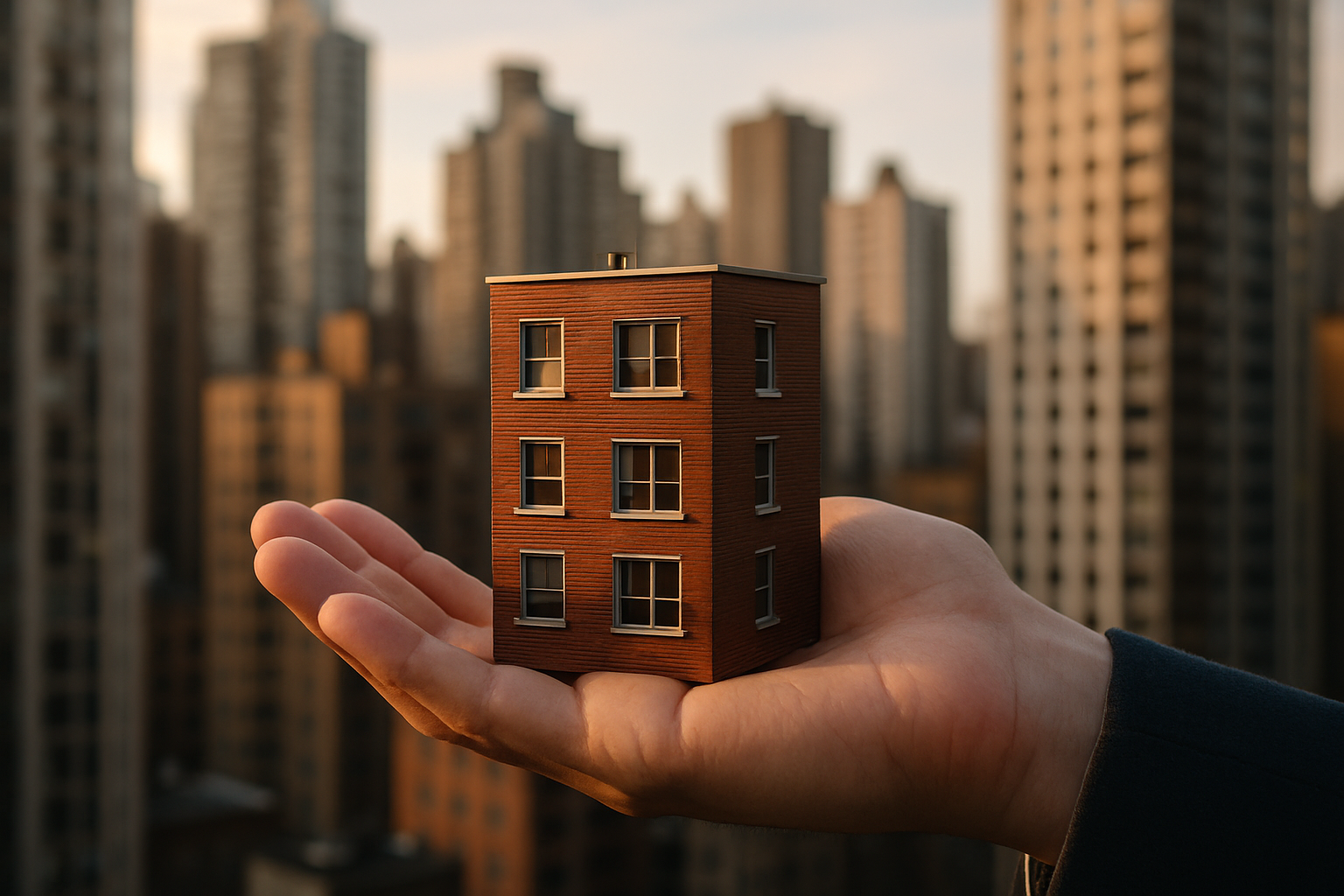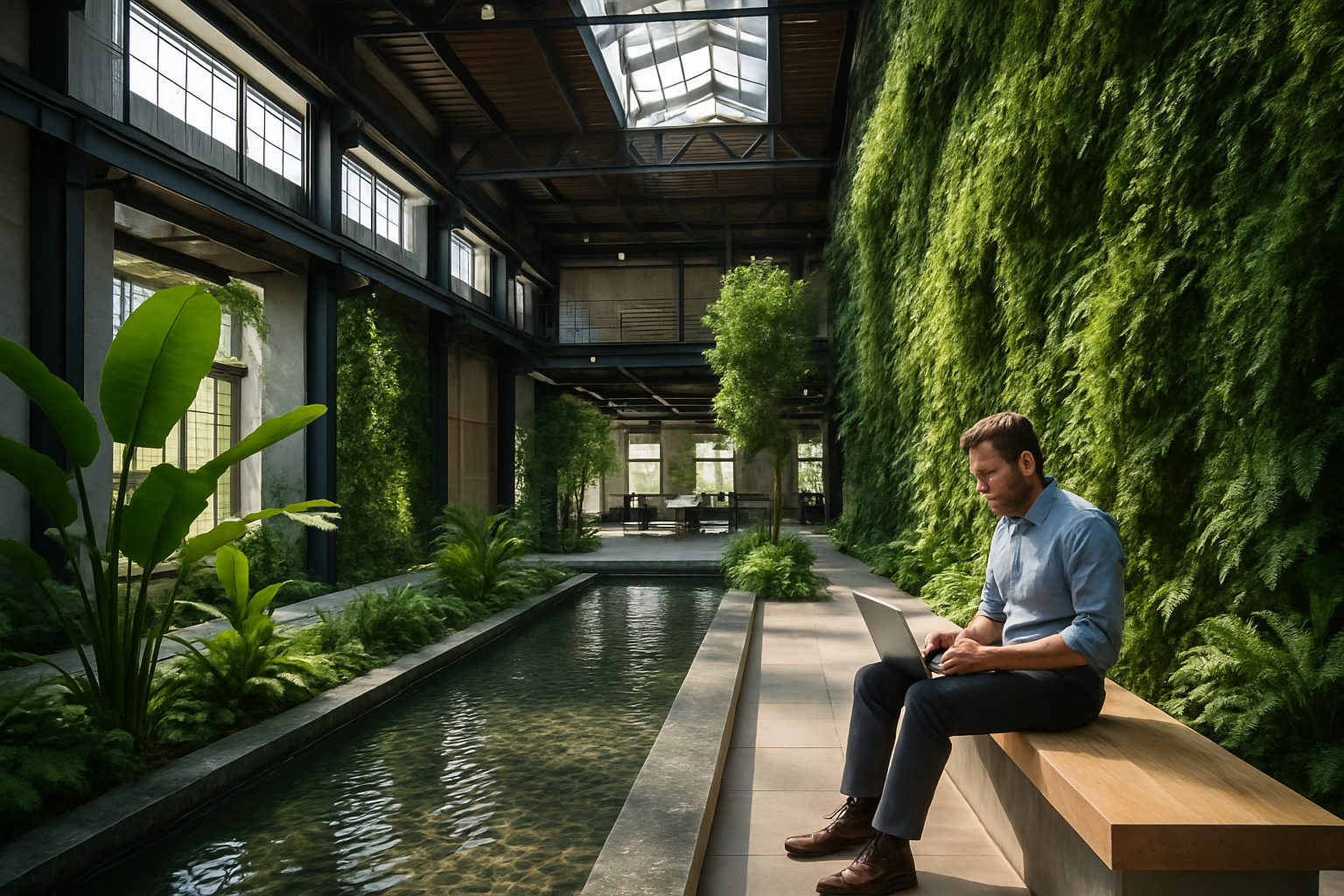Title: Reimagining Urban Infills: The New Frontier of City Development
In the ever-evolving landscape of real estate, a quiet revolution is taking place within our cities. Urban infill development, once an overlooked niche, is rapidly emerging as a transformative force in shaping the future of metropolitan areas. This innovative approach to city planning is not just filling vacant lots; it's breathing new life into forgotten spaces, creating vibrant communities, and redefining the urban experience. As cities grapple with housing shortages and the need for sustainable growth, urban infills offer a compelling solution that merges efficiency with creativity.

The concept isn’t entirely new, but its current iteration is driven by a perfect storm of factors: increasing urbanization, a growing preference for walkable communities, and the pressing need for sustainable development. Cities like Portland, Oregon, and Vancouver, Canada, have been at the forefront of this movement, demonstrating how strategic infill projects can transform urban landscapes while preserving their unique character.
Economic Impacts and Investment Opportunities
From an investment perspective, urban infill projects present a unique set of opportunities and challenges. These developments often command premium prices due to their prime locations and the scarcity of available land in city centers. However, they also require careful planning and often face more regulatory hurdles than greenfield developments.
The economic impact of successful infill projects extends far beyond the immediate development. They can spark a domino effect of neighborhood revitalization, increasing property values in surrounding areas and attracting new businesses. This ripple effect creates a virtuous cycle of urban renewal, making infill developments an attractive proposition for both developers and city planners.
Navigating the Complexity of Infill Projects
While the potential rewards of urban infill are significant, these projects come with their own set of challenges. Developers must navigate complex zoning regulations, often dealing with outdated codes that don’t account for modern mixed-use developments. Environmental concerns, such as soil contamination from previous industrial use, can also add layers of complexity and cost to infill projects.
Moreover, community resistance can be a significant hurdle. Existing residents may be wary of changes to their neighborhood’s character or concerned about increased density. Successful infill developers have learned the importance of community engagement and collaborative planning to address these concerns and gain local support.
Innovative Design Solutions for Limited Spaces
One of the most exciting aspects of urban infill development is the innovative design solutions it spawns. Architects and designers are pushed to think creatively about how to maximize limited space while creating aesthetically pleasing and functional environments. This has led to a surge in micro-apartments, vertical gardens, and clever multi-use spaces that blur the lines between residential, commercial, and communal areas.
For instance, in Tokyo, where space is at a premium, architects have mastered the art of designing compact yet comfortable living spaces. These design principles are now being adapted and applied to infill projects worldwide, demonstrating how constraints can drive innovation in urban living.
The Role of Policy in Shaping Infill Development
The success of urban infill projects often hinges on supportive policy frameworks. Forward-thinking cities are rewriting zoning codes to encourage mixed-use developments, relaxing parking requirements, and offering incentives for infill projects that meet specific criteria, such as affordable housing inclusion or green building standards.
Cities like Minneapolis have taken bold steps by eliminating single-family zoning, allowing for greater density and diversity in housing types. Such policy changes are crucial in unlocking the potential of urban infills and addressing housing affordability issues in growing cities.
Future Prospects and Market Trends
Looking ahead, the urban infill trend shows no signs of slowing down. As cities continue to grow and evolve, the demand for innovative, space-efficient developments in prime locations will only increase. The COVID-19 pandemic has further highlighted the importance of walkable neighborhoods and the integration of work and living spaces, trends that align perfectly with the urban infill model.
Investors and developers who can navigate the complexities of infill projects stand to benefit significantly from this urban renaissance. However, success in this space requires a nuanced understanding of local markets, strong community engagement skills, and the ability to create developments that enhance rather than disrupt existing urban fabrics.
In conclusion, urban infill development represents a critical frontier in the evolution of our cities. It offers a sustainable path to urban growth, revitalizes neighborhoods, and creates unique living and working environments. As this trend continues to gain momentum, it will play a pivotal role in shaping the cities of tomorrow, offering exciting opportunities for investors, developers, and urban dwellers alike.





